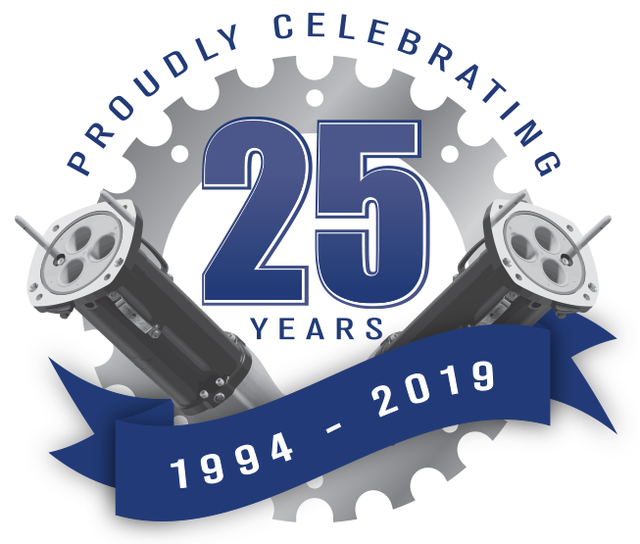Commodities
The cost of crystal mining
The crystal industry is growing fast, with celebrity endorsements driving up the sales of ‘healing’ stones such as amethyst, rose quartz and lapis lazuli. But the boom has also raised questions about sourcing, including concerns about human rights and environmental abuse in the supply chain. Scarlett Evans investigates.


Endorse by celebrities such as Kim Kardashian to Gwyneth Paltrow, the crystal industry has seen a significant spike in recent years. ‘Healing’ crystals are being used to remedy a variety of ailments including stress and addiction, and some are believed to boost sensuality, creativity and concentration. A lack of legislative framework means the industry’s fixed value is hard to pin down, but the fact that Google searches for ‘crystal healing’ have risen by 40% between 2013 and 2017, and ‘crystal shops near me’ queries by 35% since 2013, is testament to the growing popularity of crystals.
The sudden rise in demand has raised concern, as the pressure is on to cut prices, and it is becoming increasingly difficult for stockists to confirm the origins of their products. As Emily Atkin at The New Republicextensively reported last year, the matter has prompted calls for ethical sourcing to become a necessity, rather than an afterthought, in the crystal business.
Yet there are also some in the industry who say the sector is being unfairly demonised, turning the spotlight away from far more harmful practices seen in large-scale mining operations for minerals and materials with industrial uses.
Either way a change is stirring, with consumers increasingly demanding their products are sourced ethically and sustainably. Whether or not crystals should be highlighted in this drive remains to be seen.
More than half of the country’s coal mines are managed by pro-Russian separatist militia.Credit: DmyTo/Shutterstock.
More than half of the country’s coal mines are managed by pro-Russian separatist militia.
Credit: DmyTo/Shutterstock.
The ethics of crystal mining
Concerns about crystal sourcing centre around sustainability and potentially unethical labour practices. They are concerns that are not dissimilar to those surrounding diamonds. As crystals are usually by-products from operations searching for higher-value materials such as gold or copper, the sometimes dubious environmental and labour aspect of these large-scale operations taints crystal sourcing, too.
For instance, the Guardian reported earlier this year that cobalt and copper mines in the Democratic Republic of Congo – a primary site for crystals – were found to employ children as young as seven in their operations.
Perhaps the most worrying issue for consumers is the lack of legislation. With no governing body requiring sellers to provide information on the origins of products, possible instances of exploitation can often go unchecked.
“Districts have been destabilised and subsequently lost to the Taliban because of competition among illegal armed groups over mines, including Badakhshan’s lapis mines.”
An example of this can be seen in a 2016 report from international NGO Global Witness, which detailed how in Afghanistan the Taliban earns up to $20m a year from the country’s lapis lazuli mines.
“Mining is a major source of instability in Afghanistan – and a major strategic blind spot for the government and its international backers,” says Stephen Carter, who authored the report. “It is the second-largest source of funding for the Taliban – meanwhile lost revenues for the government are estimated (very roughly, and the figure is a little old) at around $300m a year.”
“Districts have been destabilised and subsequently lost to the Taliban because of competition among illegal armed groups over mines, including Badakhshan’s lapis mines,” he adds. “Mining is a focus for hopes for development in Afghanistan after a peace deal, but it is more likely to be a major cause of instability and corruption.”
According to Carter, an unethical supply chain being ignored, or being unknown to purchasers, is an unfortunately common element of mineral mining.
“Gold, tantalum and other minerals are illegally mined in the Democratic Republic of Congo, while jade in Myanmar provided billions to a military regime,” Carter says. “This is a major international issue – or should be – and a major source of instability and corruption around the globe.”
The New York Times has previously compared Myanmar jade to blood diamonds, with poor conditions around its extraction being linked to the spread of heroin use and HIV infection amongst the miners. Such examples prove worrying reminders to consumers of the dark origins of some of their gems, although these are issues affecting the the wider minerals industry, rather than specifically crystals.

AusProof is celebrating 25 years of business in Australia in 2019.
Putting the issues into context
Stephen Wells from Katcha Stones, a crystal brand that prides itself on its ethical sourcing practices, likens the new emphasis on crystal mining as scolding a child for dropping a sweet wrapper when a mountain of plastic has been dumped by larger corporations.
“Many, probably the majority, of commercially available crystals are by-products of larger mining [operations], everything from construction materials to metals,” he says. “Mountains are not being dynamited to get at a few quartz crystals, they are often collected from the rubble as a side-hustle.”
“Phones are cased in plastic ... the overwhelming majority made from crude oil. Then the metals used include copper, nickel, silver, gold, cobalt, lithium, lead, tantalum; and this isn’t even comprehensive as some of the fancier screens use even more rare earth metals,” he adds. “Then there’s the aluminium and silicon in the glass. No one is ditching phones on environmental grounds, but let’s make out the chakra healing hippies are responsible for the ‘new blood diamonds’ and irreversible ecological disaster.”
“Ethical mining practices clearly exist in the crystal sector, yet the lack of structure makes it difficult to assess whether all businesses are following sustainable protocol.”
It is certainly true that the crystal industry is not nearly as large as operations mining gold, copper and precious stones. The large-scale copper and coal mines extract roughly 500-600 million metric tons per year compared to 10,000-50,000 metric tons produced by gem mineral mines. There are also environmentally sustainable mining sites, many of which are in the US. One site, the Wegner Quartz Crystal Mines in Mount Ida, Arkansas (a region with one of the world’s largest deposits of quartz), even boasts a zero-carbon footprint as it plants trees to offset emissions.
Ethical mining practices clearly exist in the crystal sector, yet the lack of structure makes it difficult to assess whether all businesses are following sustainable protocol.

AusProof is celebrating 25 years of business in Australia in 2019.
Calls for an industry-wide change
Global Witness says improved legislation is a necessity across the industry if mining practices are to become more ethical. According to Carter, strong requirements for supply chain due diligence are key, alongside transparency within countries, reforming mining laws and creating structured and genuine community benefit from mining.
Alice Harle, senior campaigner at Global Witness, echoes Carter’s points.
“Governments and companies across the supply chain should commit to protecting people and planet by ensuring responsible business practice is normalised and standardised,” she says. “Transparency through public reporting is a cornerstone of supply chain due diligence, through which companies can share information and work hand in hand across the supply chain to respond to risks.
“Governments must ensure that companies in their jurisdictions are meeting these requirements to facilitate responsible trade and prevent negative impacts on the lives of people involved in, or affected by, mineral supply chains across the globe.”

AusProof is celebrating 25 years of business in Australia in 2019.
